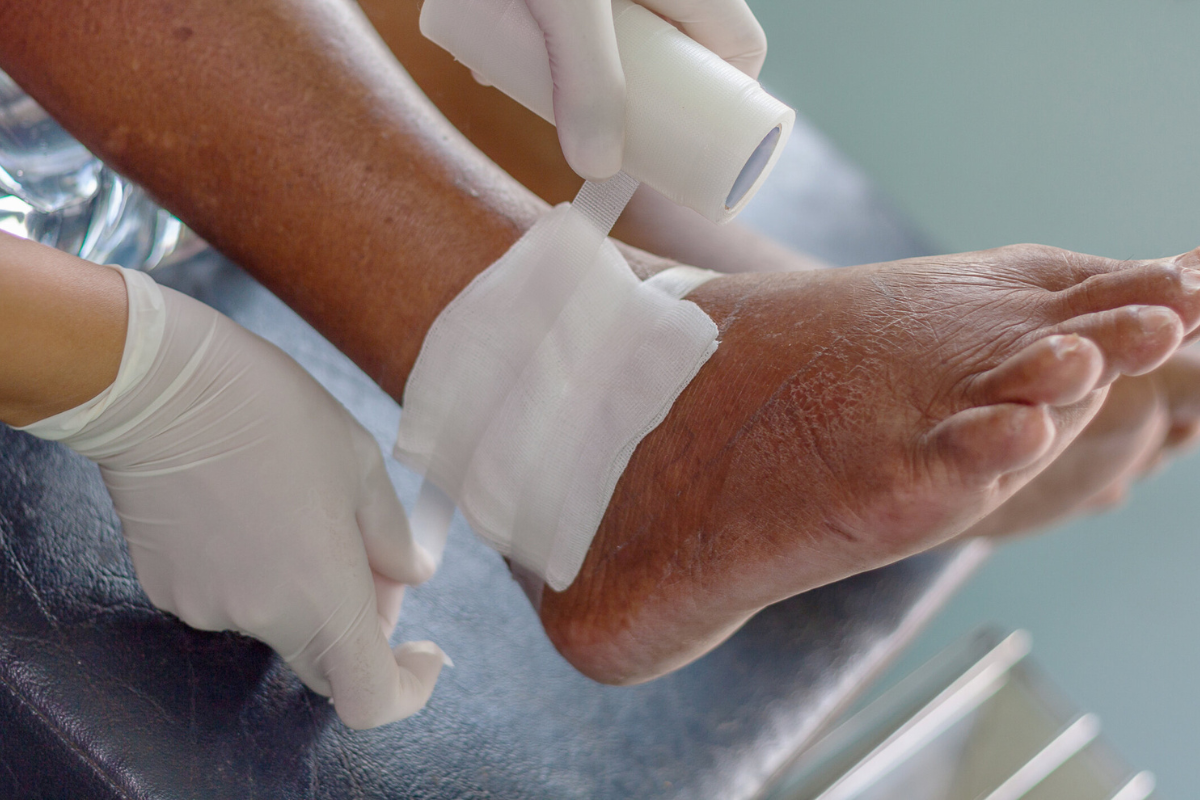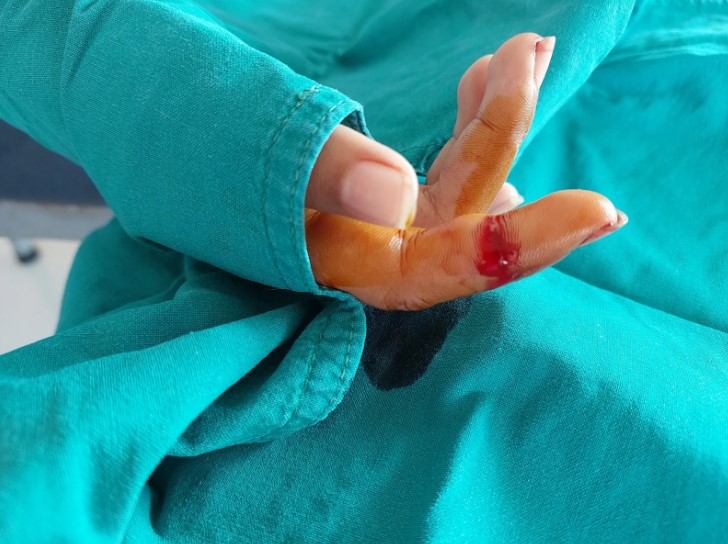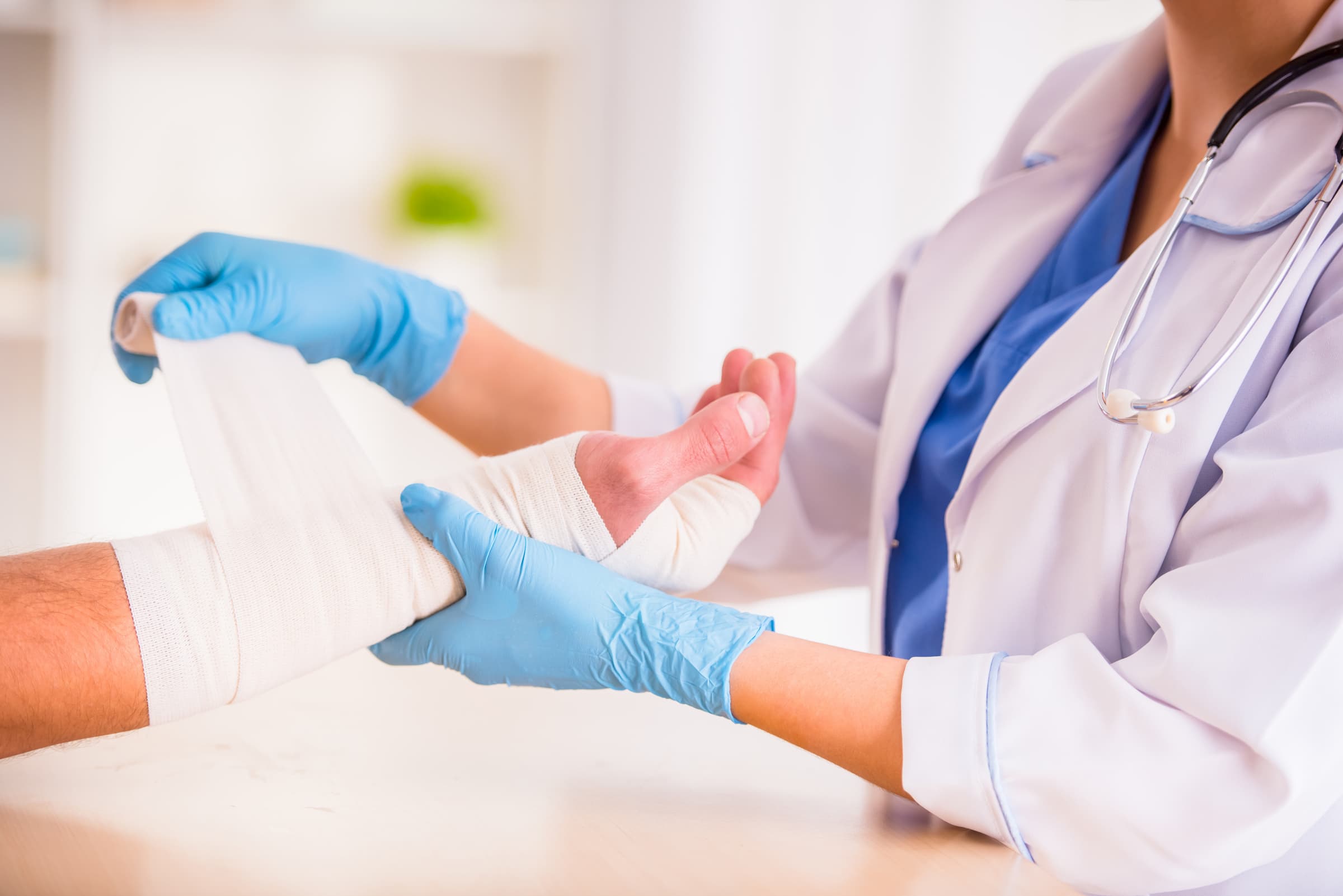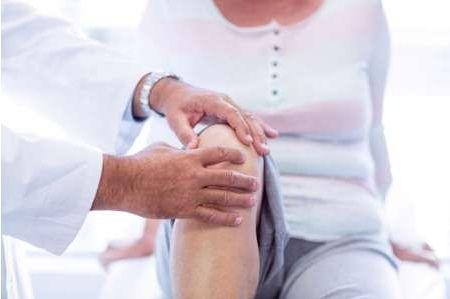Understanding Non-Healing Wounds and Their Risks
Not all wounds heal on their own, and when healing stalls, it may signal something more complex happening in the body. Non-healing wounds are those that remain open for weeks or months without showing significant progress. Unlike typical cuts or scrapes, these wounds often result from underlying health conditions such as diabetes, poor circulation, infection, or repeated trauma. Left untreated, they can progress to more severe issues like chronic pain, systemic infections, or even the risk of amputation. One of the biggest dangers is that patients may underestimate the seriousness of these wounds, thinking they will eventually close on their own. The longer a wound remains open, the greater the chance of complications that could compromise mobility and overall health. Recognizing the signs early and seeking specialized care, such as orthopedic treatment for non-healing wounds, can make a significant difference in recovery and long-term quality of life.
The Role of Orthopedic Care in Wound Healing
Orthopedic care plays a unique role in wound healing because it focuses on the relationship between bones, joints, muscles, and soft tissues. When a wound fails to heal, the underlying musculoskeletal structure is often a contributing factor. For example, misalignment of bones, poor joint mobility, or orthopedic trauma can prevent proper blood flow and tissue repair. Orthopedic doctors are trained to evaluate not only the wound itself but also the mechanical and structural issues that may be slowing recovery. Unlike general wound care, orthopedic treatment for non-healing wounds emphasizes restoring stability, correcting deformities, and relieving pressure points that interfere with healing. By addressing these root causes, orthopedic specialists can provide treatments that go beyond surface-level wound management. This approach ensures patients receive a more comprehensive path toward recovery that supports long-term healing and mobility.
Common Types of Non-Healing Wounds Requiring Orthopedic Intervention
Certain types of wounds benefit greatly from orthopedic evaluation and care. Diabetic foot ulcers are one of the most common, often linked to poor circulation and nerve damage that prevent proper healing. Pressure sores, also called bedsores, develop in patients with limited mobility and can extend deep into bone and joint areas if untreated. Post-surgical wounds that fail to heal properly are another category where orthopedic specialists step in, particularly if they involve bone, joint, or tendon areas. Fractures and trauma-related injuries may also leave wounds that remain open due to poor alignment or complications like infection. Osteomyelitis, a severe bone infection, often creates chronic wounds that are extremely difficult to close without orthopedic intervention. Patients with limited mobility, vascular problems, or compromised bone health are at even higher risk of developing chronic wounds. These conditions demonstrate why orthopedic treatment for non-healing wounds is often essential for preventing severe outcomes.
Advanced Orthopedic Treatment Options for Non-Healing Wounds
Orthopedic specialists use a wide range of advanced treatment methods to address non-healing wounds. Surgical interventions such as debridement help remove dead tissue that hinders healing, while skin grafts and flap surgery provide new tissue coverage for stubborn wounds. Reconstructive techniques may be necessary for patients with significant tissue or bone loss. Orthopedic devices like braces, casts, and specialized footwear are used to reduce pressure, stabilize injured areas, and promote proper circulation. In addition, regenerative medicine approaches, including platelet-rich plasma (PRP) therapy and stem cell treatments, have shown promise in stimulating natural healing at the cellular level. Hyperbaric oxygen therapy may also be used in cases where oxygen delivery to tissues is impaired, creating an environment that supports wound closure. By combining these techniques, orthopedic treatment for non-healing wounds addresses both the surface problem and the deeper musculoskeletal issues that keep wounds from healing.
The Importance of Multidisciplinary Wound Care Teams
Healing complex wounds often requires more than one specialist, which is why a multidisciplinary team approach is so important. Orthopedic surgeons frequently collaborate with vascular specialists, endocrinologists, wound care nurses, and physical therapists to create customized care plans. Each professional brings a different perspective to the table, ensuring that all contributing factors—circulation, infection control, bone health, and patient mobility—are addressed. For example, a diabetic patient may require orthopedic care to offload pressure on the foot, vascular support to improve circulation, and nutritional guidance for better healing. When these teams work together, patients experience more effective and faster recovery. This collaborative effort reduces the risk of chronic infection, long-term disability, and repeat hospitalizations. Orthopedic treatment for non-healing wounds is at its most effective when combined with other specialties in a well-coordinated care plan.
Lifestyle and Preventive Strategies for Better Healing
While advanced treatments are vital, patients also play an important role in wound recovery through daily habits and lifestyle choices. Nutrition is a cornerstone of healing, as protein, vitamins, and minerals are necessary for tissue repair and bone strength. Proper footwear and orthopedic supports can prevent pressure points that lead to recurring wounds, especially in patients with diabetes or mobility challenges. Physical activity, when approved by a physician, improves circulation and supports the body’s natural healing process. Patients should also learn proper wound care routines, such as keeping wounds clean and protected while monitoring for signs of infection. Smoking cessation and managing conditions like diabetes or vascular disease are critical for reducing the risk of wound complications. Preventive strategies empower patients to actively contribute to their own healing process. Orthopedic treatment for non-healing wounds is most successful when combined with lifestyle adjustments that reduce future risks.
When to Seek Orthopedic Treatment for a Non-Healing Wound
Knowing when to seek orthopedic care can prevent complications and improve long-term outcomes. Any wound that shows no signs of improvement within two to four weeks should be evaluated by a specialist. Warning signs include persistent swelling, redness, foul odor, discharge, or visible bone or tendon beneath the wound. Patients with diabetes, poor circulation, or limited mobility should be especially proactive about seeking help early. Orthopedic doctors can provide assessments that identify underlying issues preventing healing, such as bone misalignment or infection. Early involvement from an orthopedic specialist often reduces the need for more drastic interventions, such as amputation. Timely orthopedic treatment for non-healing wounds ensures patients have the best chance at preserving mobility, preventing disability, and maintaining overall health.
Frequently Asked Questions (FAQ)
What makes a wound “non-healing”?
A wound is considered non-healing when it remains open for several weeks or months without showing noticeable improvement despite proper basic care.
How do orthopedic doctors treat wounds differently from other specialists?
Orthopedic specialists focus on the musculoskeletal factors that affect healing, such as bone alignment, joint stability, and soft tissue function, which sets them apart from general wound care approaches.
Is surgery always required for non-healing wounds?
Not all cases require surgery. Some patients respond well to non-surgical interventions like custom braces, regenerative medicine, or physical therapy combined with wound care.
Can orthopedic treatment prevent amputation in severe cases?
Yes, in many cases. By correcting structural issues, improving circulation, and controlling infections, orthopedic treatment for non-healing wounds can help save limbs that might otherwise be at risk.
What role does physical therapy play in recovery from a non-healing wound?
Physical therapy supports wound recovery by improving circulation, maintaining mobility, and strengthening muscles to reduce pressure on affected areas, which helps prevent future wounds.











